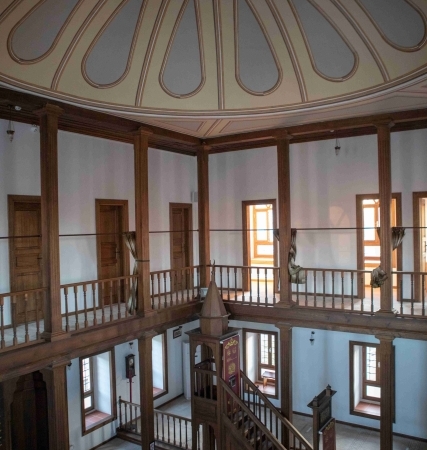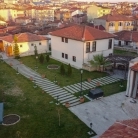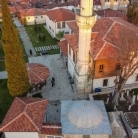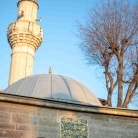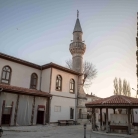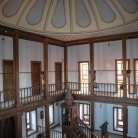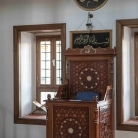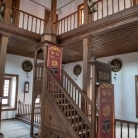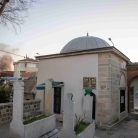He is one of the Islamic scholars and great Awliya. His name is Hasan Bin Ali, his pseudonym is Sezai. At the same time, he is the second sheikh of the Gulsheni sect and one of the Sufis. He is known for his work called Mektubat. Hasan Sezai was the grandson of Kurt Beyzade Hüseyin and the son of Ali Bey, one of the notables of Gördes town of the Peloponnese peninsula, which was under Ottoman rule at the time he lived. He was born in 1699 in Gördes.
The lodge, which is affiliated to the branch of the Halveti order (Gülşeni-Sezai), was built by Şah Melek Bey in H.892 / M.1486 together with the mosque. The mosque, mausoleum, fountain, fountain and haziresi have survived. These structures are located in a courtyard surrounded by a garden wall on the east, north and south sides. The entrance to the courtyard where the dervish lodge is located is provided by a door in the middle of two tombs (Hasan Sezai, La'li Fenai and Aşık Efendi tombs) on the western side of the courtyard wall. There is a horizontal rectangular repair inscription dated H. 1151/M. 1738 above the vertical rectangular planned, marble jambed and arched door opening. There is a rosebezek motif on the arch corners of the door which is reached by two steps.
The southern one belongs to Hasan Sezai and the northern one to Fenai Efendi of La'li and Aşık Efendi, the sheikhs of the tekke. The building, known to have been a vegetable shop in the past, was converted into a mausoleum in 1738 upon the will of Hasan Sezai Efendi. Built of smooth cut stone with a rectangular plan close to the square, the building is covered with a dome with pendentives. There is a rectangular window on the east facade of the tomb and a door on the right. The door is jambed. There is a passionflower motif on the keystone of the arch and decorations consisting of rose branches at the corners of the arch. There is Hasan Sezai's tughra on a square marble slab just above the door.
There is a semicircular mihrab niche in the center of the south wall of the mausoleum and a rectangular and round arched cabinet niche just east of it. The inner wall surfaces of the tomb and the dome are completely plastered and painted.











